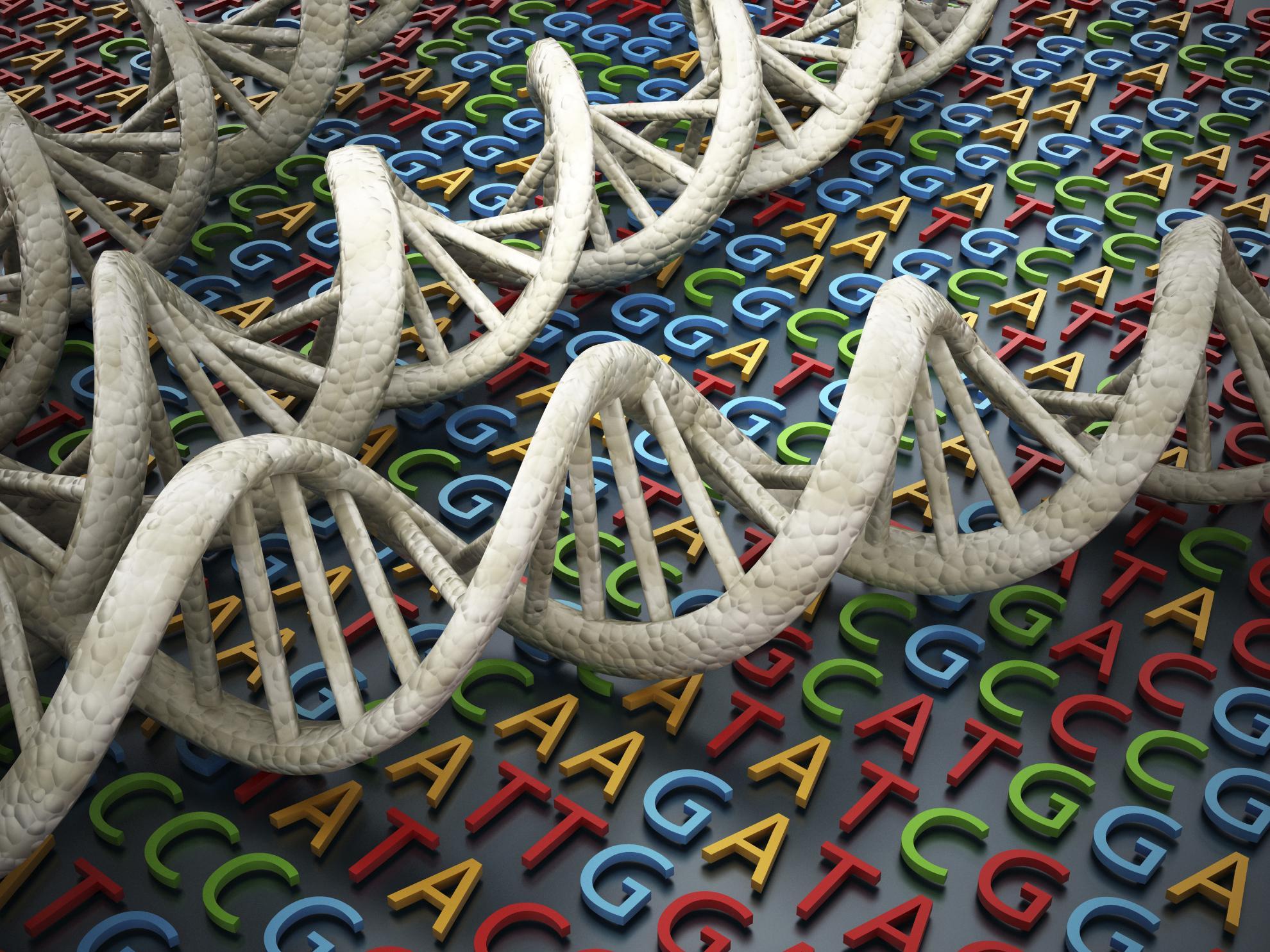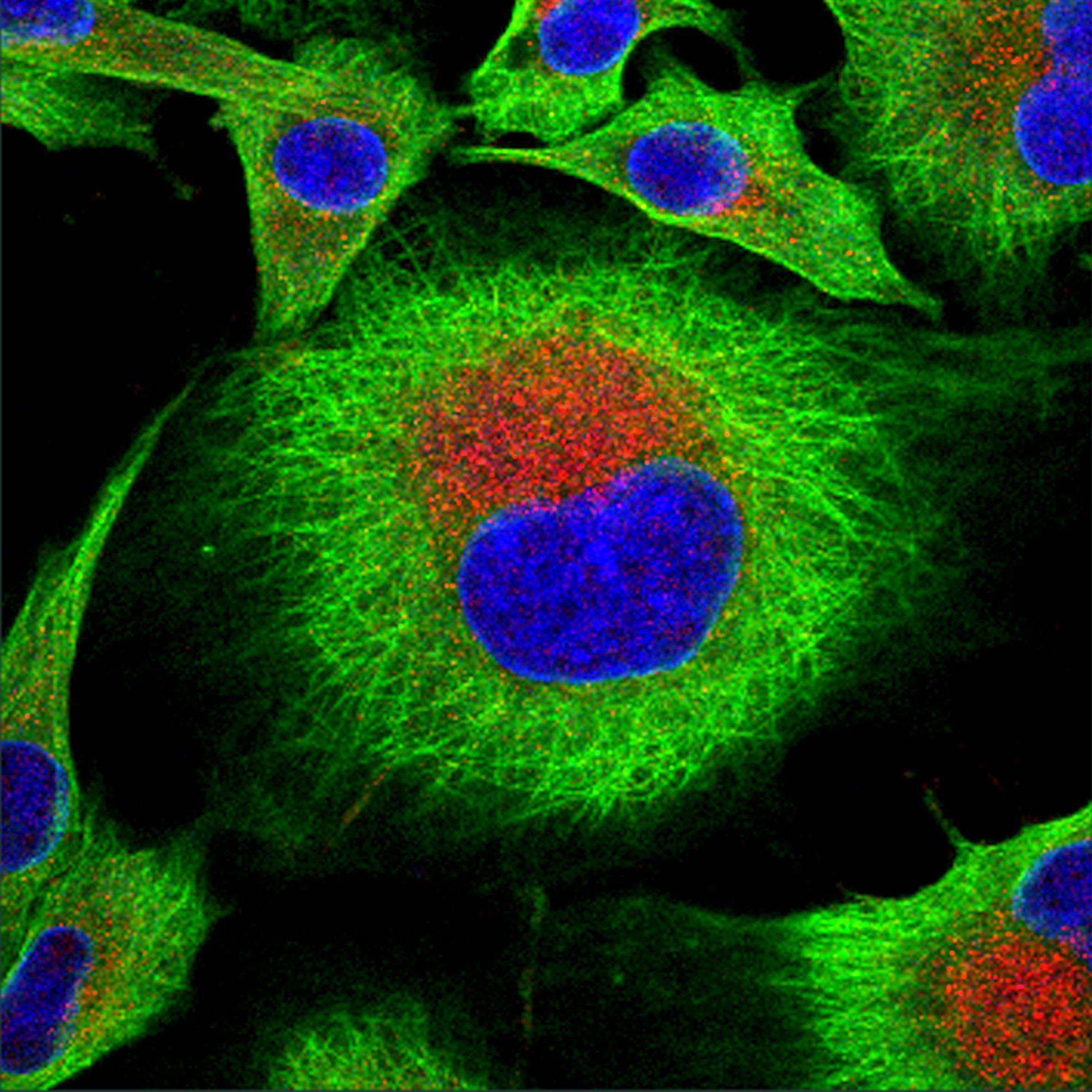Pervasive within-host recombination and epistasis as major determinants of the molecular evolution of the foot-and-mouth disease virus capsid
There are 7 serotypes of Foot-and-Mouth Disease Virus and multiple strains of each serotype. The emergence of new strains can result in widespread outbreaks of disease and requires new vaccines to be developed. The major mechanisms driving variation are thought to be substitutions in the viral genome. Recombination in the capsid-coding region of the virus genome has been described at phylogenetic scales but not thought to play a major role in generating variants. In the current experiment, a co-infection of African buffaloes with closely related sub-populations of viruses allowed us to detect recombination events. For structural protein-coding sequences, the genetic composition of the population is driven by extensive within-host recombination. During the acute infection phase the intra-host recombination rates of 0.1 per base per year are comparable to the typical mutation rates of the virus. The recombination map reveals two strongly linked regions within the VP1 protein-coding sequence. Epistatic interactions between co-evolved mutations in VP1 are caused by intra-host selection at the RNA and protein level and are present both within and between the two regions. Our findings in this experimental setting support a major role for recombination and epistasis in the intra-host evolution of FMDV.


